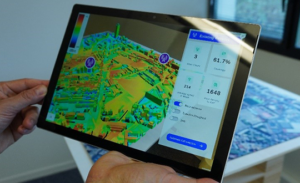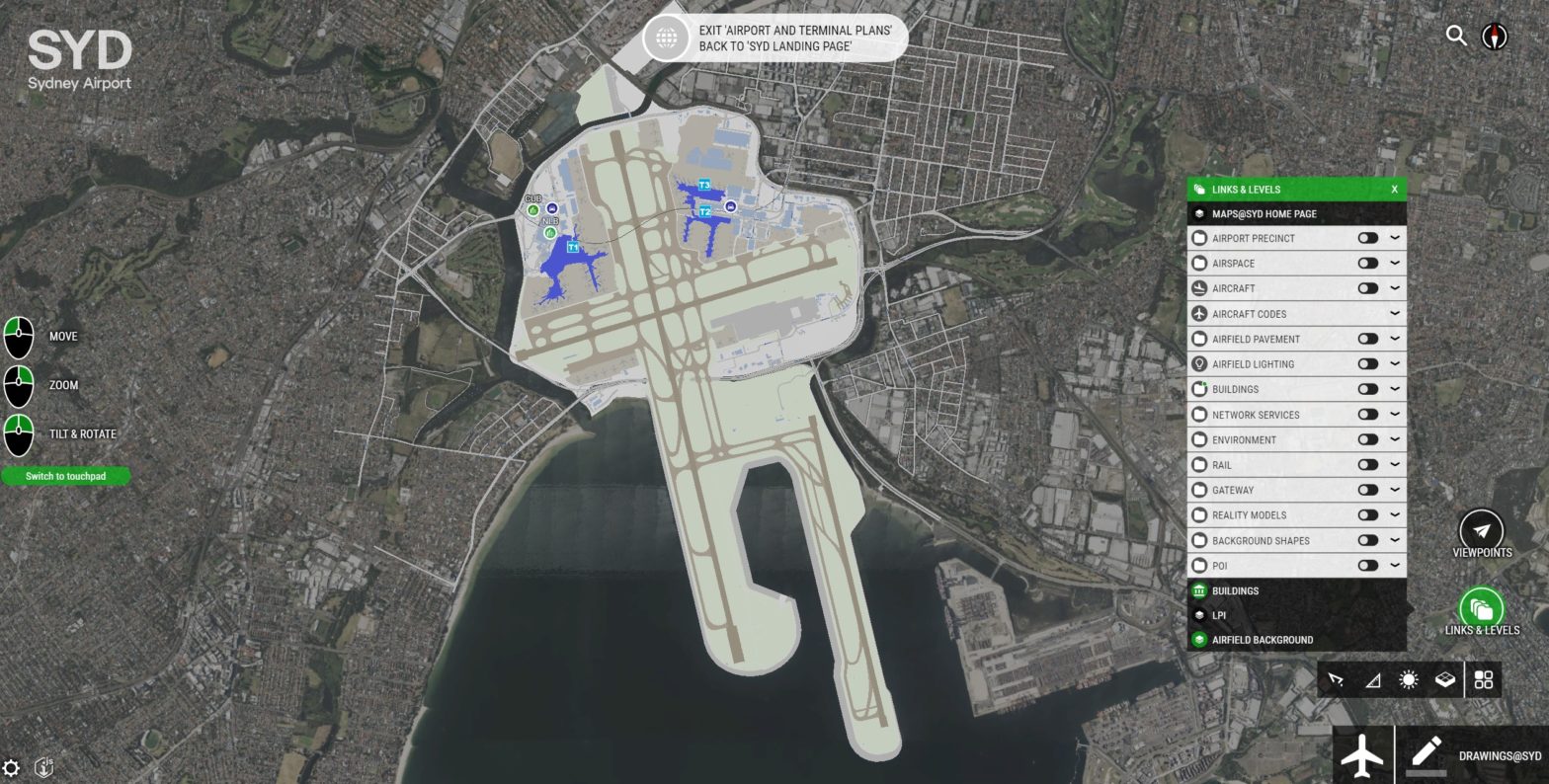
Photo: Siradel
Accelerating climate action in cities with digital twins
04 July 2023
Climate change is one of this century’s major challenges, if not the biggest one.
Exacerbated by growing urbanization, which will lead to 80 percent of the world’s population living in cities by 2050, the effects on our environment and our communities – including rising temperatures, increased flooding risks, and air pollution – are becoming more frequent and more dangerous.
Amid today’s fight against the climate crisis, cities around the world have developed action plans aimed at reducing greenhouse gas emissions and reaching global net zero objectives. These plans, communicated publicly, are roadmaps that outline strategies, policies and commitments, such as increasing urban tree canopy cover by 20 percent and reducing fossil fuel use in existing buildings by 50 percent by 2040.
In this decade, there is an urgent need to quickly implement effective city climate action plans (CAP). However, the challenge often lies in knowing exactly where to begin and how to make the most of limited resources. Where should more trees be planted? Which buildings should be transitioned to renewable energy first? And how do cities ensure that initiatives are led with social equity? Digital twin technology is a powerful tool that helps answer these questions, and more, by leveraging data and simulating scenarios so leaders can make more informed decisions, while monitoring and communicating progress.
From vision to reality: Climate action plans that work
As accurate virtual replicas of cities and regions, digital twins aggregate and visualize data from various sources – traffic flows, building energy consumption, tree inventory, etc. – for a better understanding, or audit, of the current situation. Digital twins allow us to zoom out at the scale of an entire region with numerous municipalities, while also zooming in at the scale of a single neighborhood, thereby facilitating collaboration between cities for a regional climate action approach.
By conducting advanced simulations based on machine learning and AI, the digital twin also provides a preview of anticipated impacts as a result of urban transformation projects. Scenarios are developed to compare climate action strategies and ultimately decide on an optimal scenario considering the desired outcome and resources available. By cross-referencing economic, social and demographic data, we can also ensure that vulnerable or marginalized communities are not left behind in the race to net-zero.
 For example, digital twins help identify the areas of the city most vulnerable to climate change risks such as extreme heat and flooding, and communities that might be disproportionately impacted. Calculating indicators such as stormwater runoff coefficient and ground surface permeability, while considering local urban form and density, determines where planting more vegetation will have the biggest impact – on climate resilience, carbon sequestration, air quality, biodiversity protection, and overall quality of life. Multiple strategies in the CAP can therefore be addressed simultaneously.
For example, digital twins help identify the areas of the city most vulnerable to climate change risks such as extreme heat and flooding, and communities that might be disproportionately impacted. Calculating indicators such as stormwater runoff coefficient and ground surface permeability, while considering local urban form and density, determines where planting more vegetation will have the biggest impact – on climate resilience, carbon sequestration, air quality, biodiversity protection, and overall quality of life. Multiple strategies in the CAP can therefore be addressed simultaneously.
Similarly, an audit of building energy consumption and related emissions provides a visual snapshot of the most energy-intensive buildings, while solar potential simulations identify the top candidate buildings for on-site solar energy production. Starting with an existing digital twin, a city can target specific buildings in less than three months, quickly advancing on energy efficiency goals listed in their CAP.
Fostering transparency and collaboration
Buy-in and stakeholder engagement are crucial in the effort to implement CAPs at the city and regional level. When communities understand the reasoning behind urban transformations and the anticipated positive impacts, they are more likely to get onboard. Once CAP strategies are implemented, digital twin technologies serve as an important tool to monitor key performance indicators through dynamic dashboards and interactive 3D maps, ensuring that goals are on track. Regional and municipal communications campaigns can also be enhanced through animated videos and web/mobile applications based on the digital twin, including augmented reality simulations that truly bring climate action initiatives to life. We often need to “see it to believe it” – and the digital twin makes that possible.
An integrated approach for implementation-ready plans
CAPs outline a city or region’s strategic roadmap for reducing emissions and strengthening climate resilience across a community. In the race to net-zero, digital twins help cities get specific to accelerate climate action in three simple steps:
- Assess the current situation – at a regional or neighborhood level
- Compare and prioritize climate action strategies
- Track progress and communicate
Learn more at: www.siradel.com/climate-action-plans.
Brought to you by:









